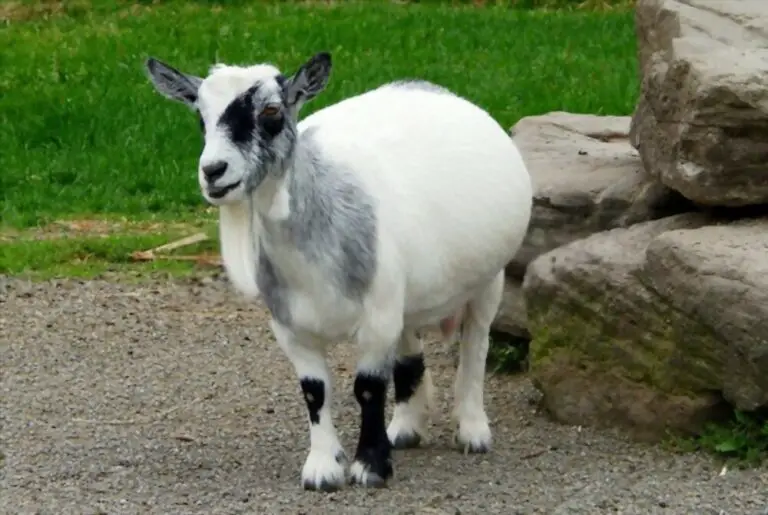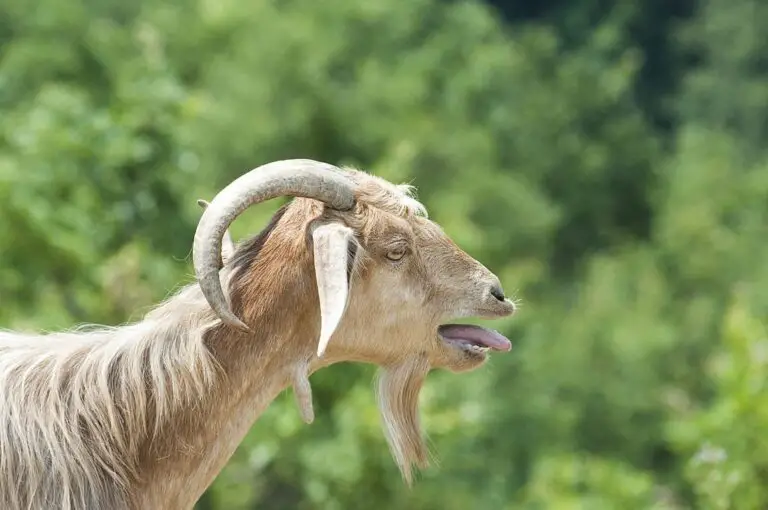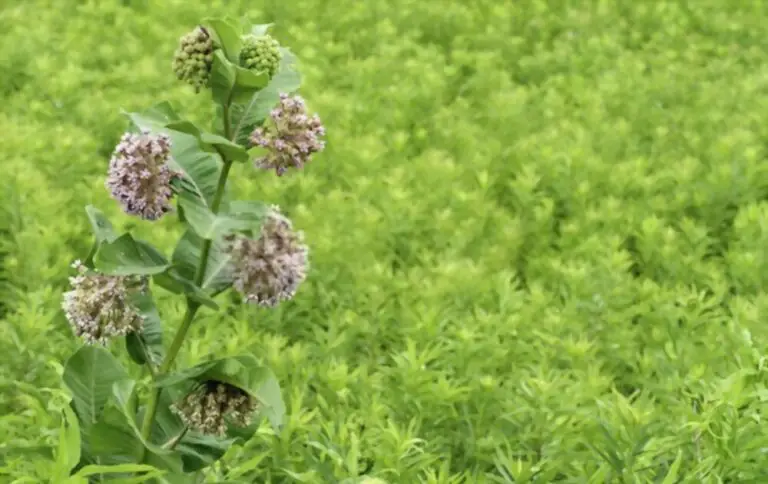What are the best Goats for Clearing Brush in 2023? What kind of goat is best for eating weeds?
Apart from the economic value of goats being raised for meat and milk, they can also serve as a substitute for land labor essential to preparing the land for farming or other purposes.
Using Goats for Brush Clearing
Not every kind of goat can be used for land clearing. Land clearing is a serious thing, and there are factors you must consider before choosing the goat to use. Some of the factors include:
- Go for crossbreeds that are disease and parasite resistant.
- Go for goats already used to grazing in the bush, not those born and raised on a dry lot.
- Wethers (castrated males) are better suited for land clearing than the bucks because they have calmer temperaments, don’t stink as an intact buck, and can easily be controlled.
- Ensure that the goat is experienced and is settled riding in trailers.
- Go for goats that are easy to catch, docile, and easily handled.
Crossbreed goats have proved to be the best animals for land clearing. The best type of crossbreed is the one that comes from both a meat-breed goat and a dairy-breed goat. Below are the reasons to show you how crossbreeds of goats are the best for such a task.
- Crossbreed goats are primarily healthy, hardy, and good-tempered compared to intact bucks.
- Cross-breeds are more parasitic and disease resistant than other goats.
- The cost of raising and feeding a crossbreed is cheaper than intact breeds.
- The meat/dairy crossbreed is larger, reaching taller plants and trees during land clearing.
- Ensure you take crossbreeds of different sizes for the land clearing; the more miniature goats will take care of the low, while the larger goats will take care of the high.
- With crossbreeds, you will have a clearing range of 7 feet beneath ground level.
Best Goats for Clearing Brush
Below are the best goats for brush clearing. These breeds of goats are good for clearing brush and weeds on your land.
1. Boer Goats

Boer goats are large goats known for their rapid growth and raised for their meat. And Boer has a higher disease and parasitic resistance than most species of goats.
Furthermore, they are very hardy and great at gazing because they exhibit much more speed than most goat species. This makes them a perfect choice for effective brush clearing.
Features
- Size: Large
- Meat goat
- Hardy
- Cross well with dairy goats
- Meat provides additional income.
- Faster in grazing
2. Pygmy Goats

Families often adopt pygmy goats as pets because of their small size. Despite being small, pygmies can be a great choice for brush control, for they can easily reach the lower areas of land that the larger breeds wouldn’t be able to reach.
Features
- Size: Small
- Show goat
- Make good pets
- Clear lower plants and shrubs
3. Alpine Goats

The alpine goats’ breed is large goats that are a great choice for brush clearing because they can reach the higher plants. Also, Alpines have leadership tendencies as they can be excellent herds leaders. They have great personalities in motivating other goats and helping to lead them around a gazing pattern.
Features
- Size: Large
- Dairy goat
- Aggressive eaters
- Great personalities
- Good herd leaders
- Reach higher parts of plants, including trees.
4. Angora Goats

Angora are domesticated goats of the Turkish breed that are mostly grown for the fiber they produce. They are great choices for brush clearing; they are good brush goats that go for what other goats may not touch.
For example, Angora goats prefer to eat nettles, weeds, thistles, and docks. However, they have certain limitations that may impede them. Which are:
- They are sensitive to cold winds.
- Despite their bodies being covered in fiber, they aren’t waterproof as sheep and are as allergic to rain.
- Their skin can get tangled in the bush.
Utilizing Goats for Brush Control
A herd of 20 to 30 goats can clear half an acre of land within three or four days, which is quite impressive for the ruminant animals.
Goats are often used for land clearing because they eat almost anything, including invasive plants and brush that other animals won’t touch. This makes them an efficient and natural solution for land management, especially in areas that are hard to reach or where conventional machinery can’t be used.
The number of goats needed for clearing a specific area will depend on various factors such as the density and type of vegetation, terrain, and area size. More goats will clear land quicker than a smaller number, but they will also need more space to move around and enough vegetation to sustain them.
- Do Goats Sleep Standing Up At Night?
- How Many Babies Do Boer Goats Have At Once?
- How Long Can Goats Go Without Water?
- Why are gulabi goats ears so long?
- Can Goats Eat Mushrooms?
Type Of Goats to Avoid in a Brush Goat
- Avoid female goats (does) that have suffered damage to udders.
- Goats with horns: A goat with horns imposes an extra risk to your herd. They can injure others in herds, or the horns can get caught by plants or thistles on the fence.
- Bucks: Bucks are very aggressive and challenging to handle. Also, stink a lot, and they pee on themselves a lot. Also, during the mating season, they can serve as a distraction as trying to mate with the does despite being on the open land.
Raising Brush Clearing Goats
If you need goats for clearing brush, you can personally raise them for the task. Also, the best wethers (castrated bucks) are raised for this purpose. While raising goats for brush clearing is best to train them in grazing cells once they reach maturity.
You can use an electric fence to make grazing cells to practice. While training them up in the electric fence, one important trick is to heat it to be hot but not too hot. For safety reasons, ensure you stick to the manufacturer’s instructions.
Goats are multi-functional and very economically important to man. You can save money by using your goats for land clearing. Ensure to feed your goats properly; their health is imperative to their strength and functioning.







